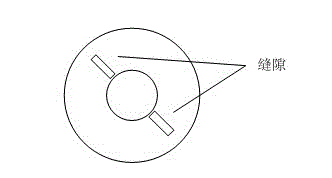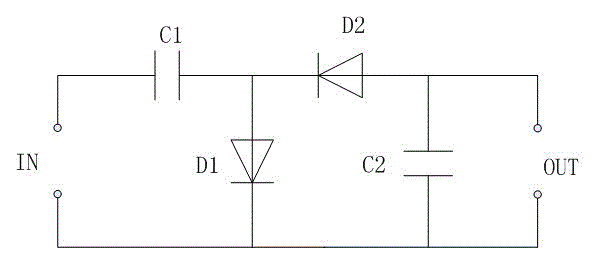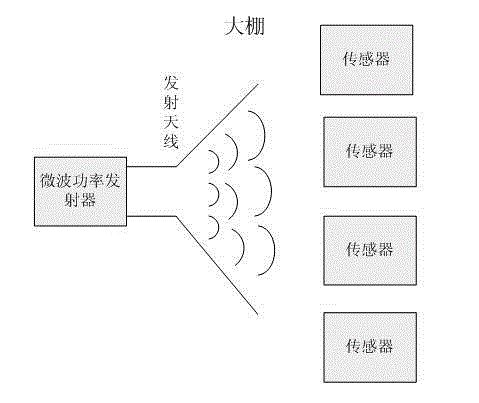Wireless energy double-frequency receiving device of sensor
A wireless energy and receiving device technology, applied in circuit devices, independent antenna unit combinations, antennas, etc., can solve the problems of low receiving efficiency and single receiving frequency band, and achieve the effect of improving conversion efficiency
- Summary
- Abstract
- Description
- Claims
- Application Information
AI Technical Summary
Problems solved by technology
Method used
Image
Examples
Embodiment Construction
[0018] The technical solution adopted by the microwave energy receiving device proposed by the present invention is as follows.
[0019] The receiving device consists of an antenna and a rectifying circuit. The antenna receives the transmitted microwave signal and transmits the microwave signal to the rectification circuit at the back, through which the high-frequency microwave signal is converted into a DC output to provide electrical energy for the sensor. The whole receiving device is designed on one PCB board.
[0020] The antenna is implemented with a 3-layer metal general-purpose PCB board, and adopts a single-feed, double-sided common-ground microstrip patch structure. from Figure 4 The cross-sectional view is viewed from top to bottom. It can be seen that the PCB board is divided into 5 layers. The first layer, the third layer and the fifth layer are all copper materials. Except for the third layer as the ground plane, the other two layers are used for antennas. , ...
PUM
 Login to View More
Login to View More Abstract
Description
Claims
Application Information
 Login to View More
Login to View More - R&D
- Intellectual Property
- Life Sciences
- Materials
- Tech Scout
- Unparalleled Data Quality
- Higher Quality Content
- 60% Fewer Hallucinations
Browse by: Latest US Patents, China's latest patents, Technical Efficacy Thesaurus, Application Domain, Technology Topic, Popular Technical Reports.
© 2025 PatSnap. All rights reserved.Legal|Privacy policy|Modern Slavery Act Transparency Statement|Sitemap|About US| Contact US: help@patsnap.com



